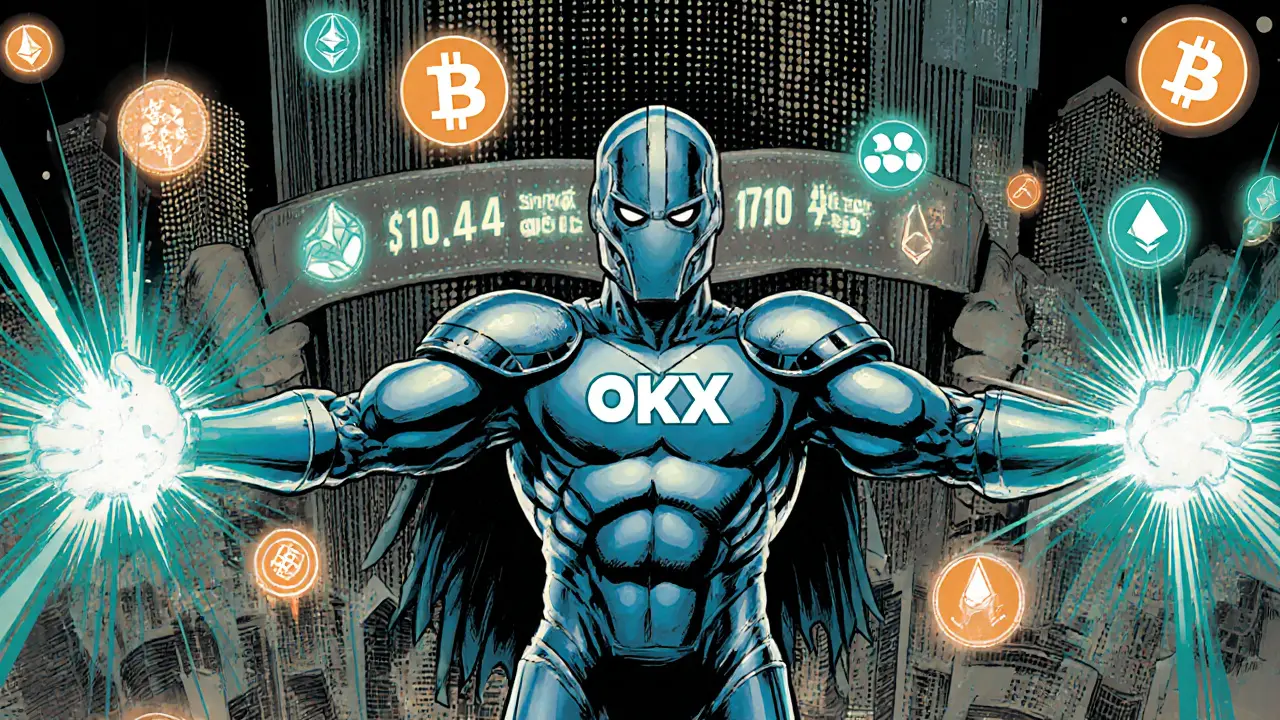OKX Review 2025: Fees, Features & Security
A 2025 OKX review covering fees, trading tools, security, mobile app quality, and a side‑by‑side comparison with Binance for crypto traders.
Read MoreWhen you start swapping crypto, one of the first things you’ll see is trading fees, the charges applied by platforms each time you buy, sell, or move a digital asset. Also known as fees, they can eat into profits if you don’t understand how they work. Exchange fee structure, the way a platform groups maker, taker, and other charges into a clear pricing model is the backbone of every cost estimate. Most exchanges use a maker‑taker model, a system where liquidity providers (makers) pay less than liquidity takers, which means the fee you pay depends on whether your order adds or removes liquidity. Trading fees encompass these components, require understanding the maker‑taker split, and are influenced by volume discounts or promotional tiers. The model influences your overall cost: a tighter spread plus lower taker fees can offset higher maker fees if you trade actively. In practice, knowing the exact percentages—say 0.10% maker vs 0.20% taker—helps you calculate break‑even points for each strategy. This connection between the fee structure and the maker‑taker model is why many traders monitor fee schedules before opening a position.
Even if an exchange advertises zero‑fee trading, you still face gas fees, the network‑level cost for processing transactions on blockchains like Ethereum or Binance Smart Chain. Gas fees influence the total outlay because each swap triggers a blockchain transaction that must be mined or validated. During network congestion, gas can spike from a few cents to several dollars, dramatically raising the effective cost of a trade. Withdrawal fees, the charge levied when you move assets from an exchange to an external wallet are another hidden expense; they vary by token, chain and sometimes even by withdrawal amount. Ignoring these fees can turn a seemingly profitable trade into a loss. To manage them, many traders schedule withdrawals during off‑peak hours, batch multiple withdrawals, or use layer‑2 solutions that dramatically cut gas. Understanding that gas fees influence the net cost of trading, and that withdrawal fees affect the final amount you can actually use, is essential for accurate profit calculations.
Armed with this overview, you’ll be able to read any fee schedule, spot where you can shave off pennies, and decide whether a given exchange fits your strategy. Below you’ll find guides that dive deeper into specific fee structures, compare popular platforms, and share real‑world tactics for keeping costs low while staying safe.

A 2025 OKX review covering fees, trading tools, security, mobile app quality, and a side‑by‑side comparison with Binance for crypto traders.
Read More